
If you are looking to influence the biological clock to support different human needs depending on the time of day or tasks, and you want to dynamically control the change of your space from warm, atmospheric, and relaxing to bright, modern, and creative, then Tunable White is the solution for you. At PHC, we have addressed the issue of tuning lighting in universal office spaces, conference rooms, and lecture halls.

If you want to adjust the light intensity, just like with traditional light sources, while enjoying the benefits of LED technology, such as luminous efficacy and energy efficiency, the Dim2warm solution is for you. Check out our LED light source (retrofit) project, which resembles traditional incandescent bulbs in an A60 housing with an E27 thread.

The use of specific colors has a significant impact on the behavior and moods of animals, where their activity is controlled in appropriate cycles, reducing stress. If you are looking for proven solutions for livestock facilities, read about PHC technologies for lighting that is safe for various animal species, utilizing the advantages of LED technology and control systems that enable the creation of advanced lighting schemes.

Human-centric lighting puts human needs at the center of attention. During the circadian cycle, many natural mental and physical processes take place in our bodies, whose rhythm is determined by routine behavior patterns and supported by factors such as light and temperature. If you represent a scientific research unit or are an entrepreneur interested in conducting photobiological research using LED technology, see how we at PHC can carry out multi-stage processes.

The use of LED sources brings ever greater application benefits and offers almost unlimited possibilities, making control challenges increasingly exciting, especially when we focus on programmable logic, event sequences, control function trigger signals, and interdependencies between colors, rather than just the method itself. The PHC team will support you with their expertise and ensure that the control system is tailored to your needs.

Solutions based on the basic function of light-emitting diodes, generating energy in the visible light range, as well as outside the visible range (e.g., in infrared IR or ultraviolet UV), corresponding to the selected wavelength, are used in warning, signaling, inspection, decorative, architectural, disinfection, and other specialized lighting applications. They often require an individual approach in terms of the optical assembly and extensive analysis. At PHC, we have the necessary tools to shorten the implementation period and optimize costs.
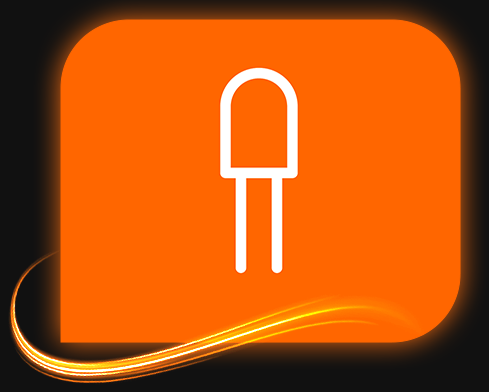
Light perceived as white is used in all sectors of the economy, including industry, production and storage facilities, offices and public spaces, medical and educational centers. At the same time, the requirements placed on modern LED luminaires in terms of warranty, lighting parameters, reliability, and compliance with standards make the design process very complex. See how we at PHC dealt with a similar challenge – an industrial hermetic luminaire for special tasks.
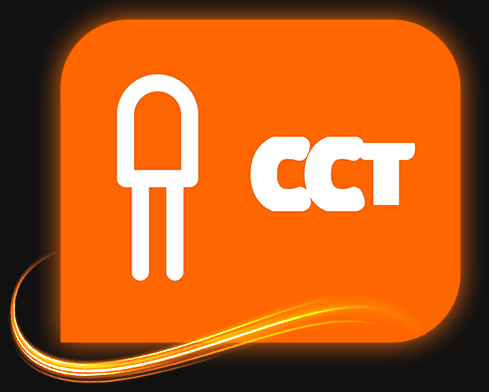
In the field of lighting technology, various modifications of the RGB color system are increasingly being used in combination with additional integrated circuits. Such solutions provide greater brightness, energy efficiency, and excellent consistency in color reproduction. In order to use complex, multi-channel light sources, it is necessary to use appropriate power supply and control systems. Developing personalized control algorithms, combined with event-based logic and communication protocols, is one of the most exciting challenges we face in the field of lighting technology. If you are wondering how to approach this in your project, it is worth following the paths we have developed at PHC.
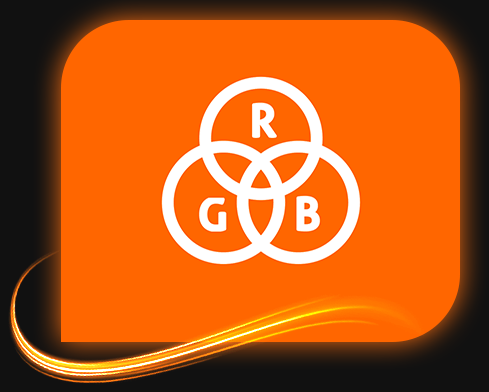
The advantages of modern horticultural solutions translate into significant benefits for owners and crop managers, eliminating the problem of natural light deficiency, which leads to slower plant growth, weaker flowering, reduced disease resistance, and in extreme cases, even plant death. Thanks to our company’s many years of experience, we design carefully developed and effective systems for professional crops, ensuring their continuity regardless of the season and weather conditions.

Creating LED lighting for livestock facilities is a particularly demanding task due to the extremely harsh environmental conditions. Aggressive fumes and high temperatures are not the only challenges that a professional design team has to face. The LED system must have the highest protection classes in terms of tightness and mechanical strength. At PHC, we have created a system with defined and fully programmable lighting schemes for many animal species and types of farming – read about it in the case study.
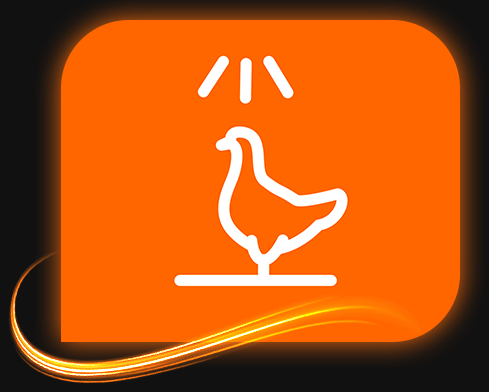
The growing interest in LED technology is driving an increase in demand for luminaires with dynamic white light control. Ensuring consistent brightness regardless of the selected color is no trivial task. If your project requires a non-standard approach to color temperatures, see how the PHC team designed an effective use of ‘dynamic white’.
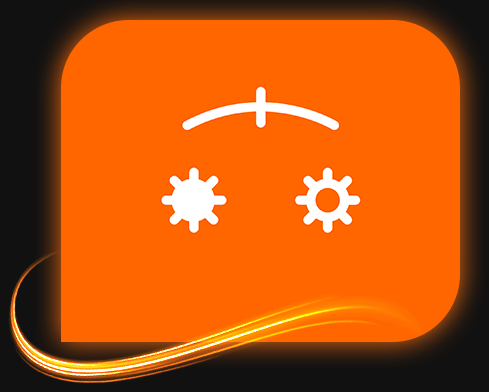
When there is a need to implement a luminaire with a light source that has non-standard requirements, it becomes reasonable to develop an LED module with unique lighting properties. Some specialized applications have specific requirements regarding the wavelengths generated by the source. One example is signaling lighting fixtures, in which specific colors are lit in appropriate sequences to provide information or warnings. Integrated multi-color LED chips, such as RGB, are also often used for such purposes, which, in combination with optical and mechanical elements, perform both lighting and design functions. Depending on the assumptions made, specially designed LED control electronics allow the advantages of the technology to be exploited and non-standard colors to be obtained by mixing them.

Advanced DMX controllers offer almost unlimited possibilities for programming scenes and lighting schemes, triggering events with external signals, and even converting music tracks into automatic lighting sequences in real time. This solution ensures that all fixtures work in the same rhythm. That is why it is often used in stage and effect lighting. At PHC, however, we had the opportunity to use DMX in an unusual application. See how!

One of the first and simplest protocols for controlling the brightness of luminaires is based on an analog signal, whose value follows the controlled voltage changes and is relatively susceptible to interference, which is difficult to eliminate in practice. Furthermore, when transmitting data over long distances, due to voltage drops, it requires complex stabilization and calibration, and it is impossible to synchronize it between devices. Despite its drawbacks, it is still widely used in control and automation systems, and PHC’s experienced design team is able to leverage its advantages, especially in applications where control precision is not a key factor. See how we tackled the need to convert a 0-10V signal to PWM.

A wireless ecosystem based on BLE (Bluetooth Low Energy) technology, present in all modern mobile devices, enables the creation of a distributed, low-energy network (known as MESH) between system devices, which communicate with each other directly without the use of routers or servers. This allows for the creation of extensive networks that can be managed from anywhere. An integral part of the Casambi system is an application used to configure and control the installation. In the solutions designed by PHC, we have often integrated power supply and control systems from renowned suppliers such as OSRAM and Tridonic, which are compatible with the Casambi standard.
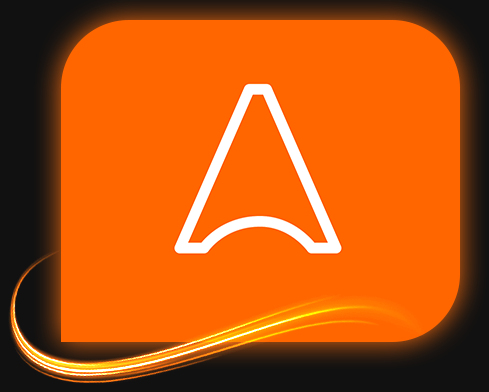
Digital Addressable Lighting Interface is a digital standard for controlling lighting fixtures, considered the natural successor to the analog 1-10V protocol. Manufacturers of DALI-compliant devices offer, among other things, a very wide selection of sensors that extend the functionality of the system, making it particularly useful in industrial or administrative applications. Therefore, if you are planning to develop a lighting product dedicated to general lighting purposes, it is certainly worth considering the integration of DALI technology to prevent exclusion when your customers or supported investments choose the optimal offer. See the case study on how, in less than 3 months, we developed a 6-channel driver compliant with the DALI standard for controlling LED sources from scratch at PHC.

Projects requiring the transfer of information between the control unit and the actuator always require the appropriate selection of data transmission medium and communication protocol. In the case of LED lighting, there are many commonly used control methods that are adapted to specific applications, taking into account the advantages and disadvantages of each solution. If your challenge is to create a device using LED lighting that will be controlled in an unconventional way, please contact our design department. We are happy to take on non-standard tasks.


If you are wondering whether our services meet your needs, please use the form on the right and tell us about your idea. The initial analysis is non-binding and will allow us to quickly determine whether and how we can help you achieve your goals.
We provide a range of engineering services in the field of electronics and mechanics, focused on LED technology, at every stage of the production process. Whether you need support at all stages of the process or only at certain stages, we offer our knowledge, experience, and technological resources.